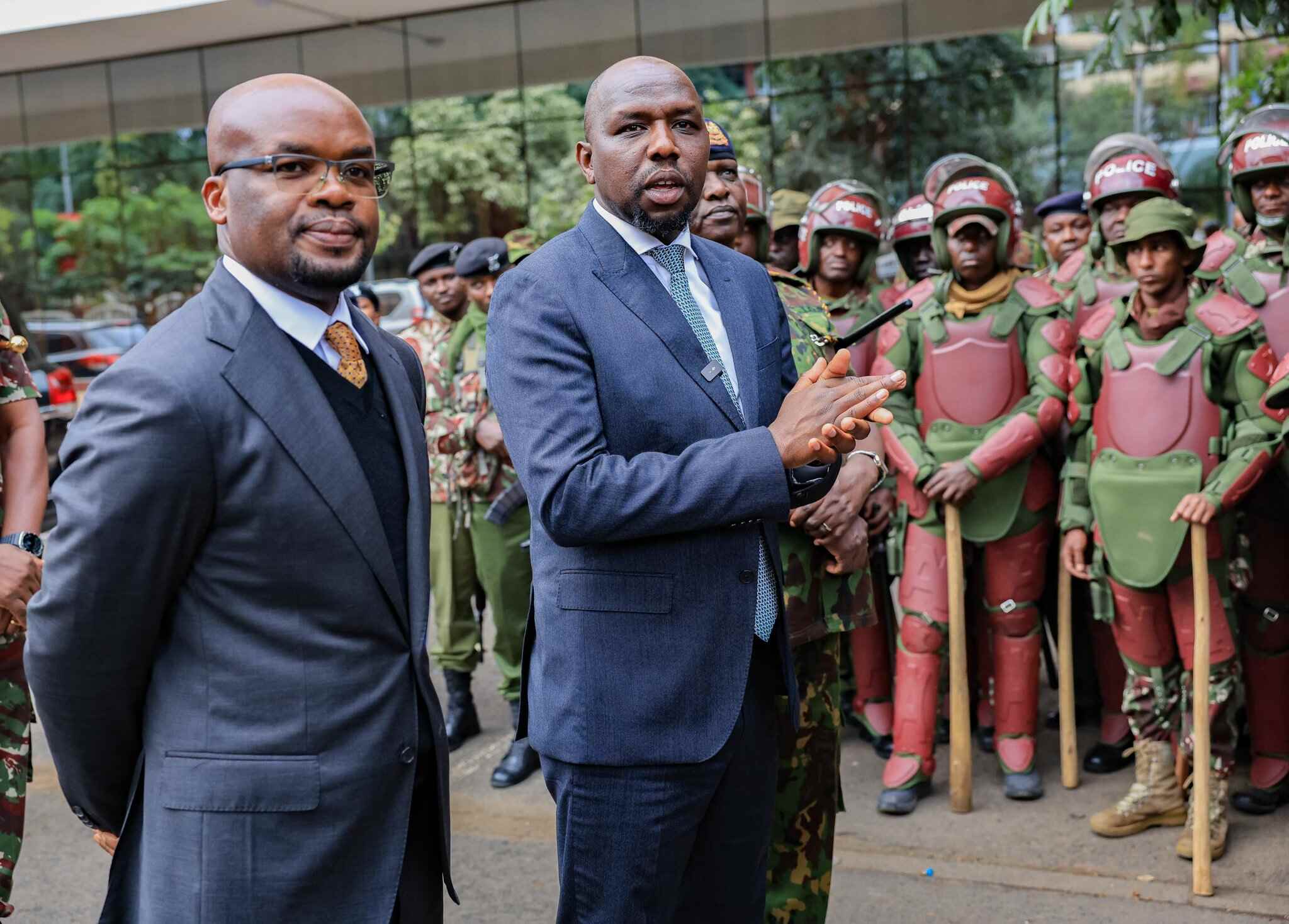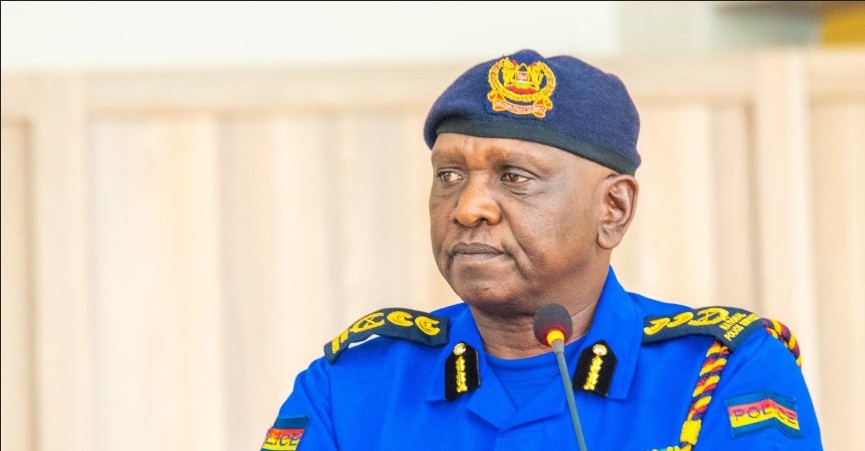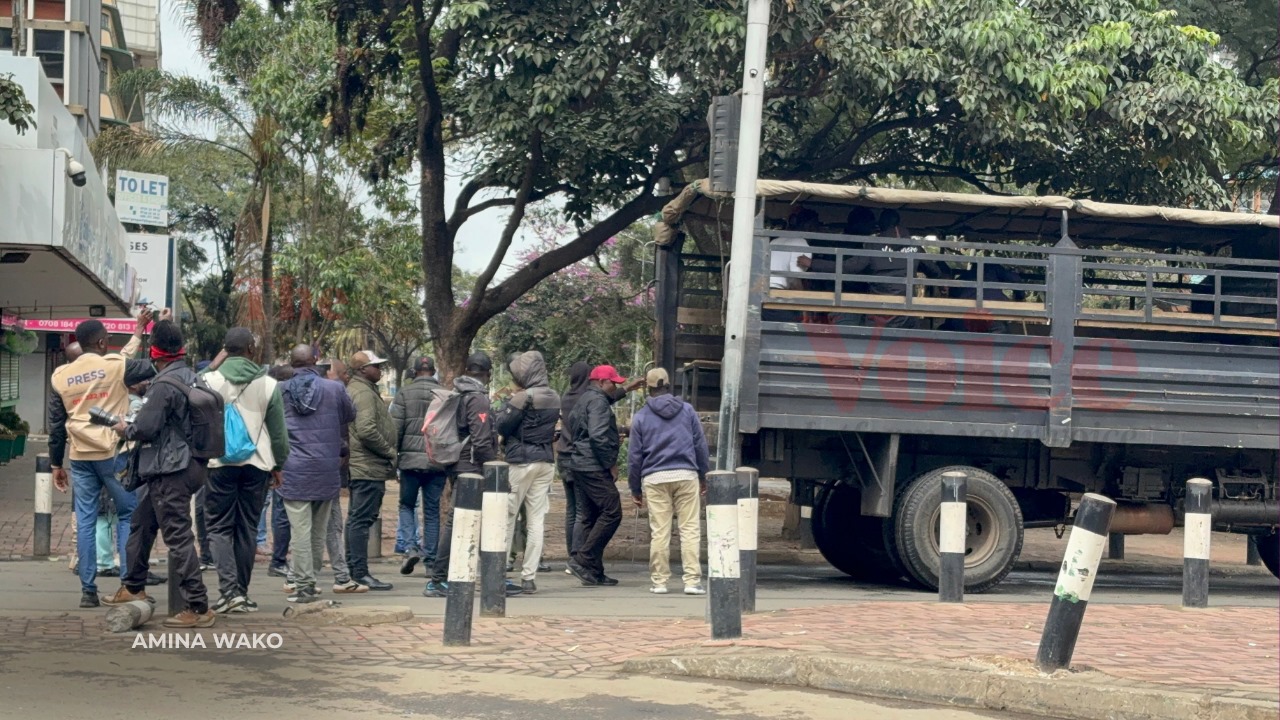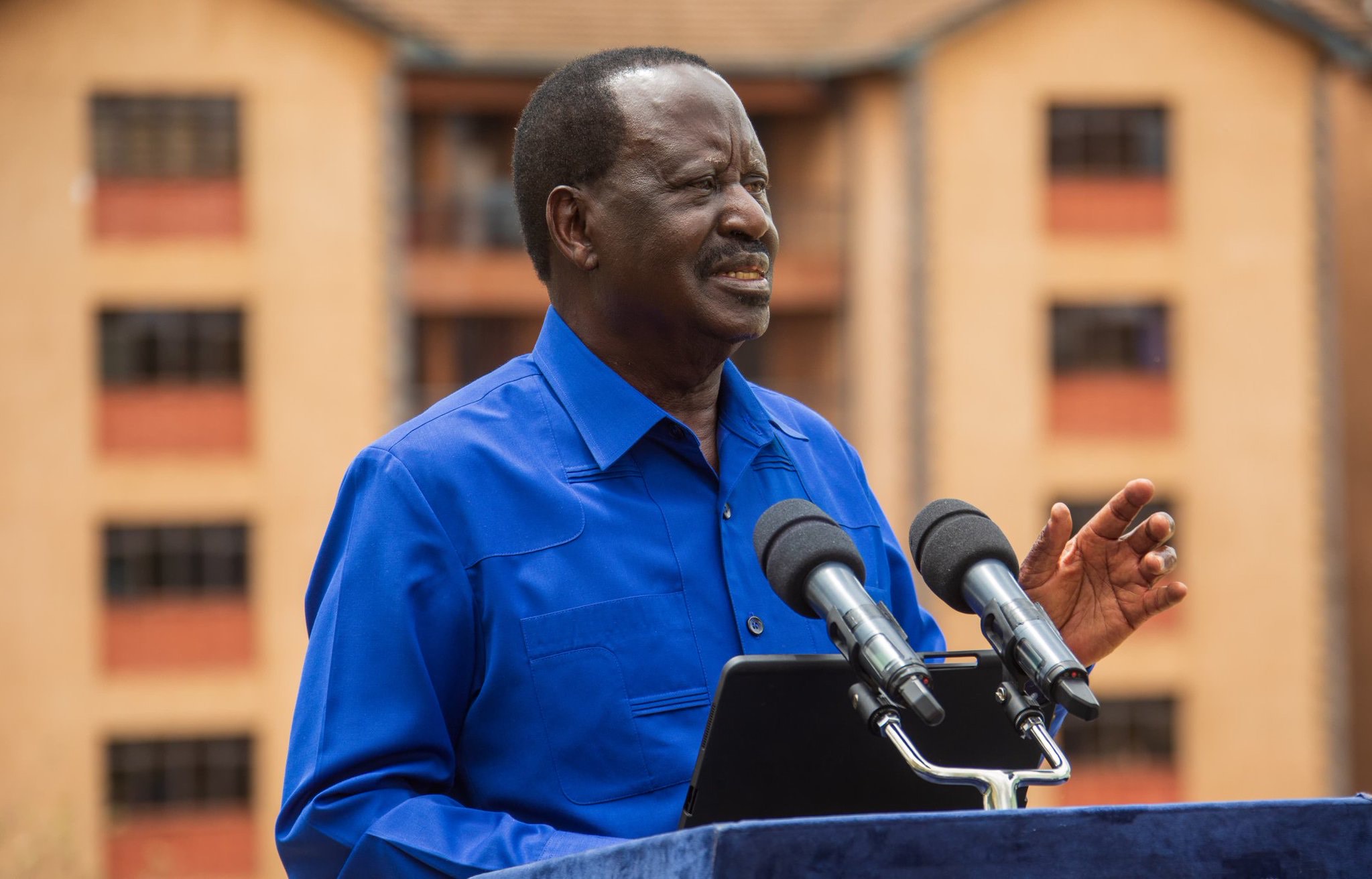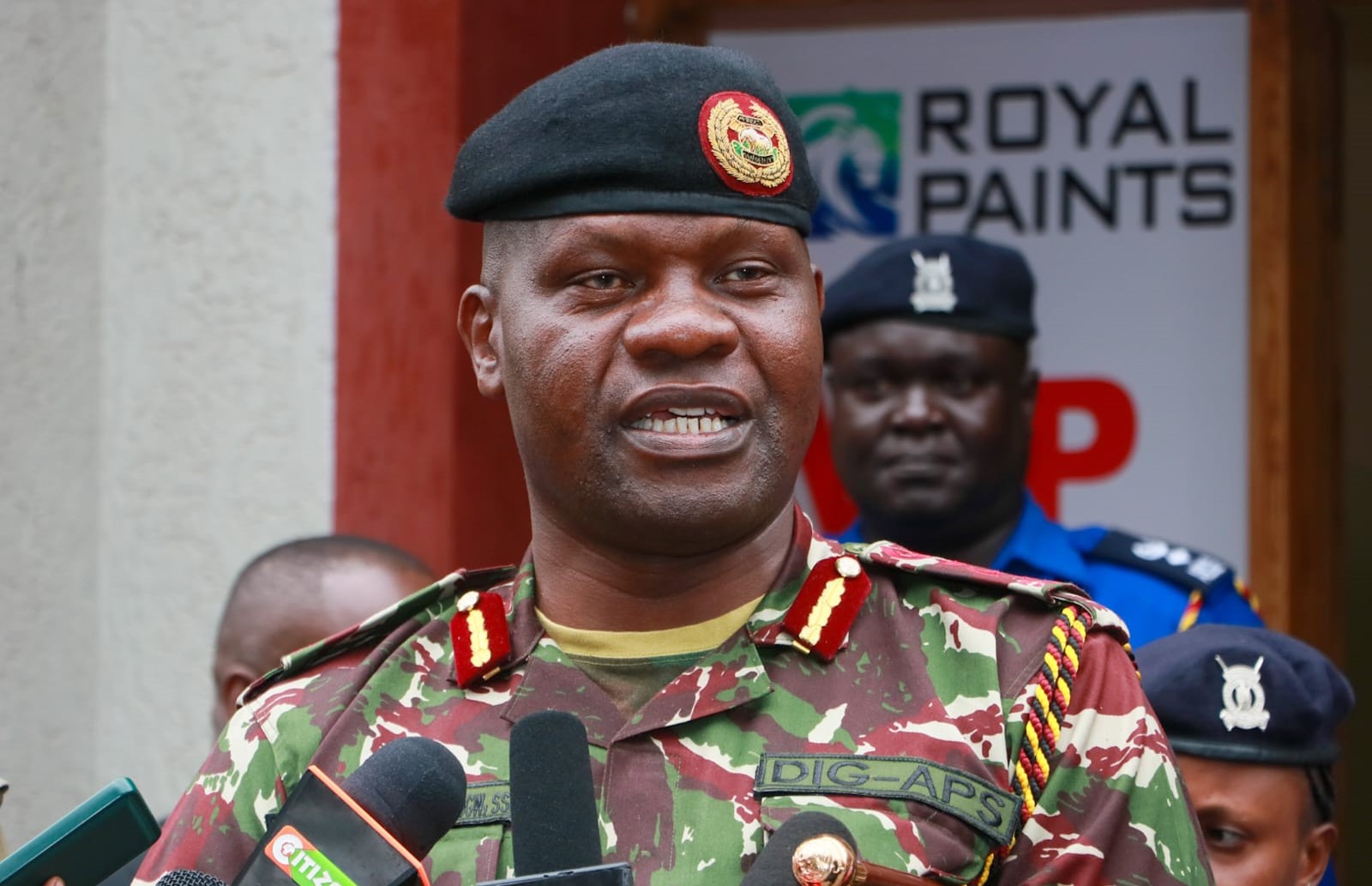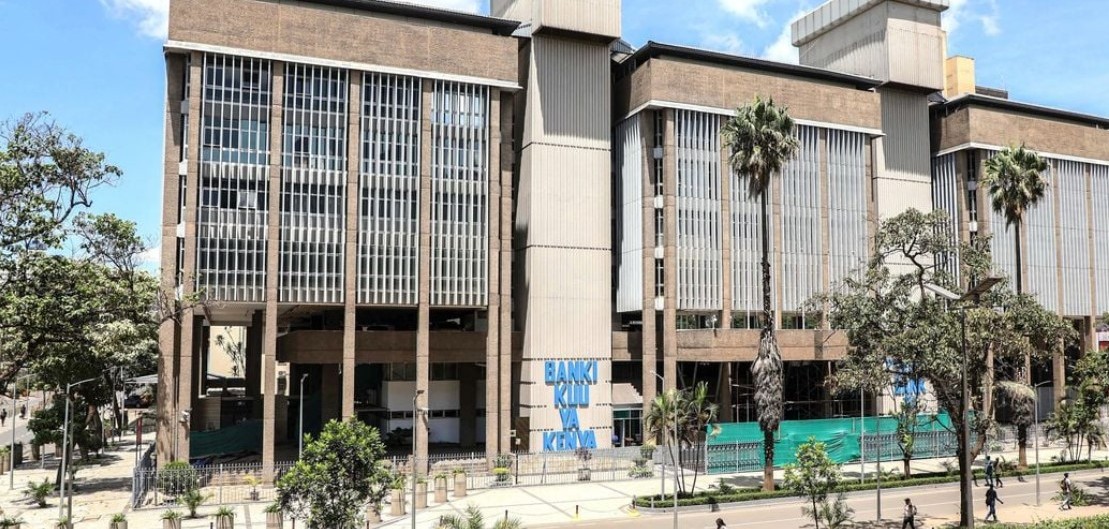Explainer: How Kenya's cabinet appointment process is done
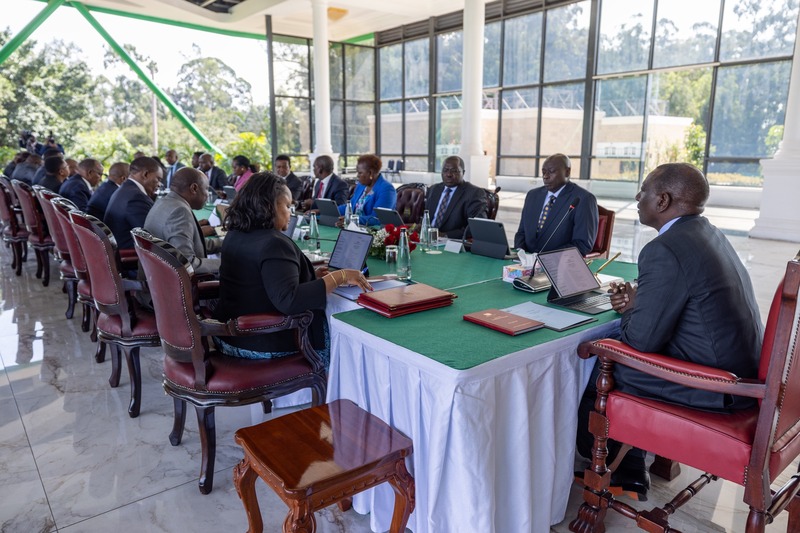
The appointment process for cabinet secretaries involves nomination by the President and subsequent approval by the National Assembly.
President William Ruto is expected to name his cabinet nominees this week, a move expected to shape the country's national unity.
This is after he sacked the Attorney General and 21 Cabinet Secretaries apart from Prime Cabinet CS Musalia Mudavadi on July 11, 2024.
More To Read
- Ex-Turkana MP Christopher Nakuleu joins President Ruto’s expanding team of advisers
- Former CS Justin Muturi accuses President Ruto of corruption and unfitness to lead Kenya
- Uhuru urges government to embrace dialogue amidst Finance Bill unrest
- Ruto directs NYS to provide alternative land for flood victims
- Cabinet Secretaries had least engagements in North Eastern last year - report
- President Ruto says Sh2.4 billion allocated to address El-Nino flood crisis
President Ruto said he had resolved to dissolve his Cabinet "upon reflection, listening keenly to what the people of Kenya have said and after a holistic appraisal of the cabinet's performance and its achievements and challenges.
The sacking of the cabinet came at a time when Kenya had experienced three weeks of unrest with the youth protesting against the Finance Bill, 2024, and the government, and as a result, more than 40 people died.
The climax of the protests was on June 25, 2024, in Nairobi when Parliament was invaded.
But who are the cabinet members?
According to Chapter 152 of the Kenya Constitution, the Cabinet comprises the President, Deputy President, Attorney-General, and between 14 to 22 Cabinet Secretaries.
The appointment process for cabinet secretaries involves nomination by the President and subsequent approval by the National Assembly.
"The President shall nominate and, with the approval of the National Assembly, appoint Cabinet Secretaries," reads the Constitution.
The law stipulates that cabinet secretaries cannot concurrently hold a seat in Parliament, ensuring their focus remains solely on their ministerial responsibilities.
How is the cabinet appointed?
The President names his nominees for the cabinet whose names are communicated to the house by the National Assembly.
The House Business Committee is charged with the responsibility of nominating members to sit in the Appointment Committee which vets the cabinet nominees.
The parliamentary approval process mandates the committee to assess a candidate's academic qualifications, professional training, experience, personal integrity, and background.
Subsequently, the committee endeavours to correlate the candidate's experience with the relevant Ministry's scope of responsibilities.
After vetting, the committee tables a report of every cabinet nominee recommending either for the house to approve or reject.
Upon appointment, each Cabinet Secretary takes office after swearing or affirming allegiance to the people and the Republic of Kenya, pledging obedience to the Constitution as outlined in the Third Schedule.
Resignation from the position requires a written statement delivered to the President.
The Constitution gives the President power to re-assign or dismiss a cabinet secretary.
Under the Kenya Kwanza regime, President Ruto conducted his first cabinet reshuffle on October 4, 2023, which affected eight CSs.
During this reshuffle, he transferred the Foreign Affairs docket to the Prime Cabinet Secretary's office, led by Musalia Mudavadi.
Mudavadi doubled as Foreign and Diaspora Affairs cabinet secretary after Alfred Mutua was moved to Tourism and Wildlife on October 4, 2023.
"The President has the authority to re-assign or dismiss a Cabinet Secretary," the Constitution asserts.
In addition, the dismissal of a Cabinet Secretary may be mandated by a resolution of the National Assembly under specific circumstances as highlighted in the constitution.
Should a member of the National Assembly, supported by at least one-quarter of its members, propose a motion for the dismissal of a Cabinet Secretary citing grounds such as gross violation of the Constitution or serious misconduct, a select committee comprising eleven members of the Assembly is appointed to investigate the allegations.
"The select committee shall, within ten days, report to the Assembly whether it finds the allegations against the Cabinet Secretary substantiated," the Constitution reads.
During these investigations, the Cabinet Secretary in question has the right to appear before the select committee to present their case.
If the committee finds the allegations substantiated, the matter proceeds to a vote in the National Assembly. A majority vote in favour of the resolution for dismissal requires the President to promptly act on the decision.
"The President shall dismiss the Cabinet Secretary upon receipt of a resolution supported by a majority of the members of the National Assembly," the Constitution reads.
The country now awaits President Ruto to announce his second cabinet as he marks two years in office since he was sworn in as President in September.
Ruto on Sunday asked Kenyans to pray for him as he asserted his commitment to applying scrutiny in his search for a new cabinet days after dismissing his CSs.
"Pray for me that I get employees who will help me to actualise the promises I gave you. You want me to build a new government that will unite the entire nation? I will plan slowly to see who will help me," he said.
Top Stories Today
